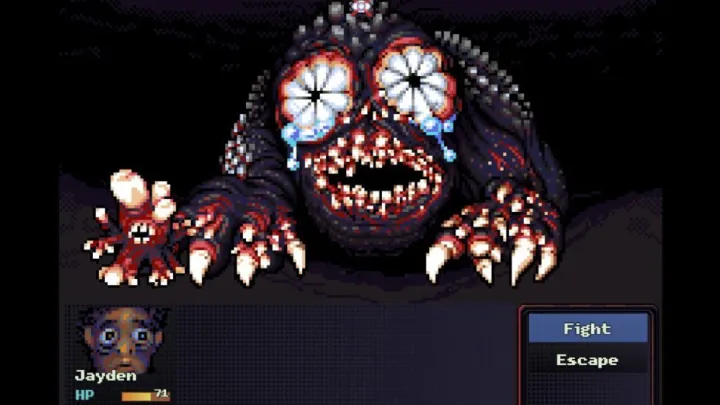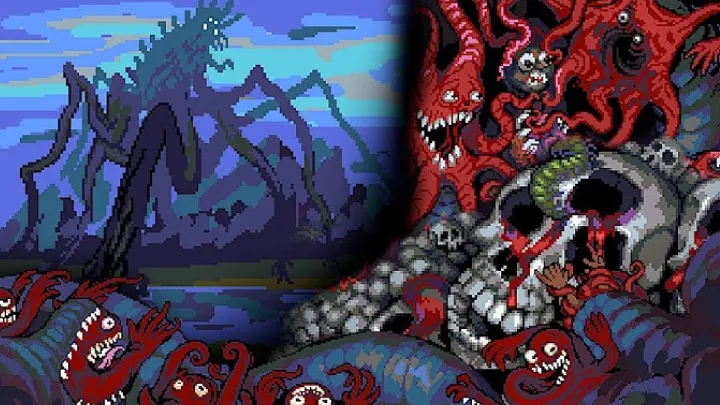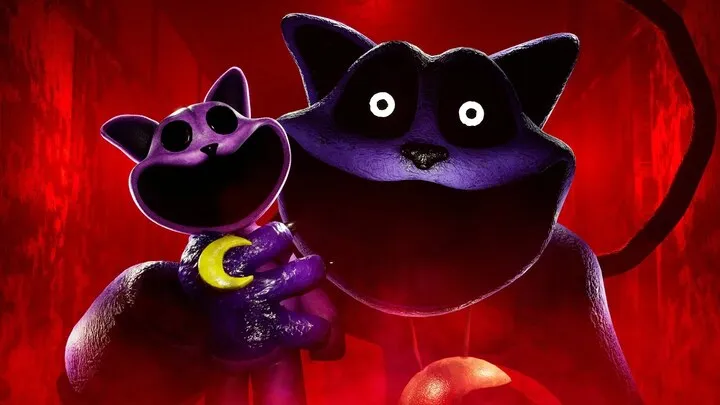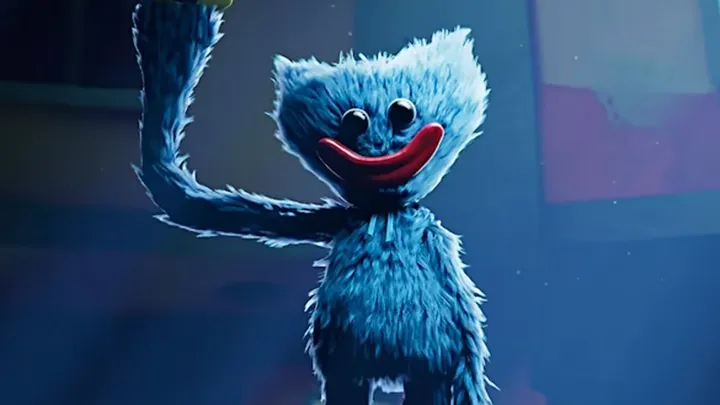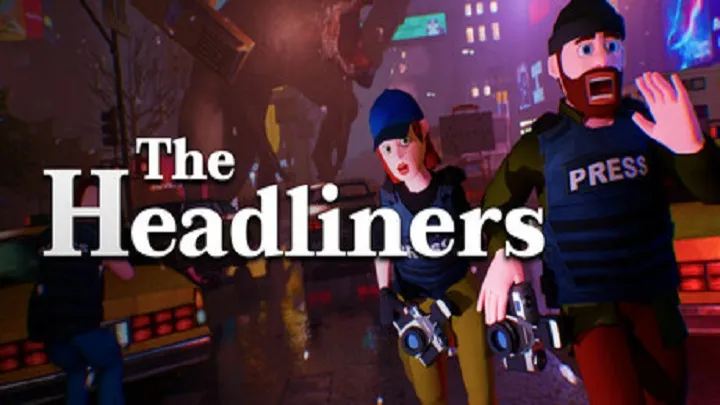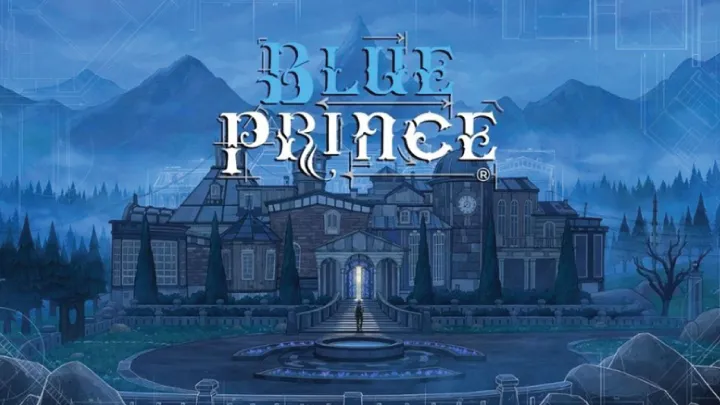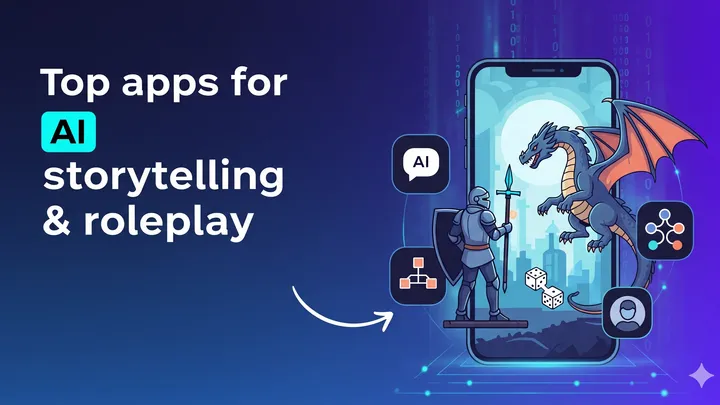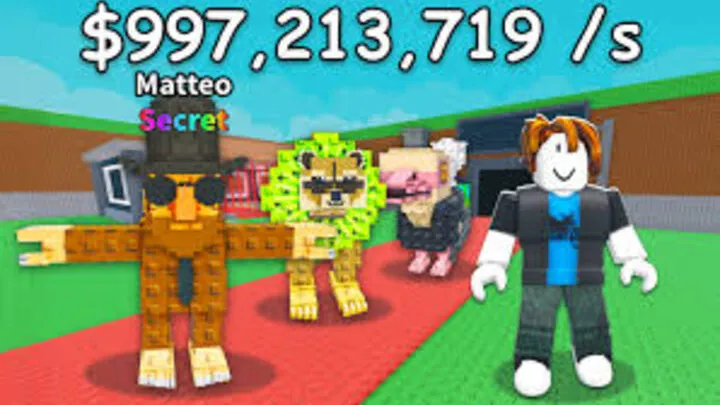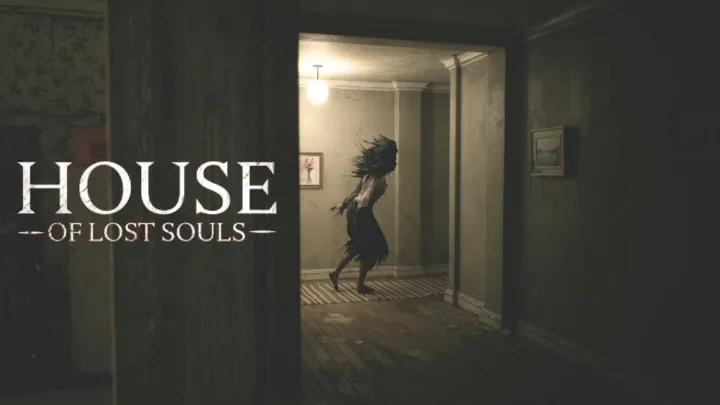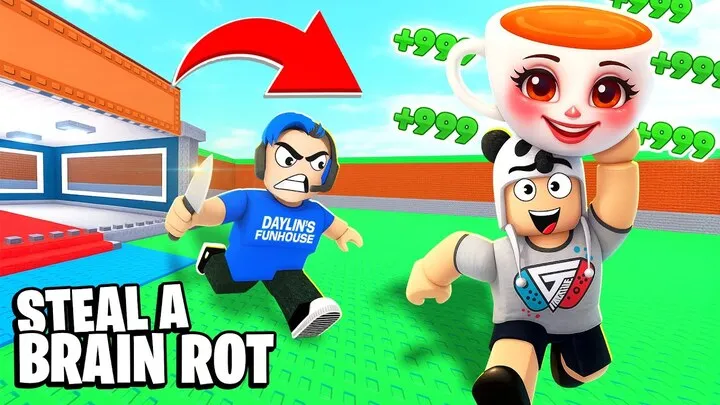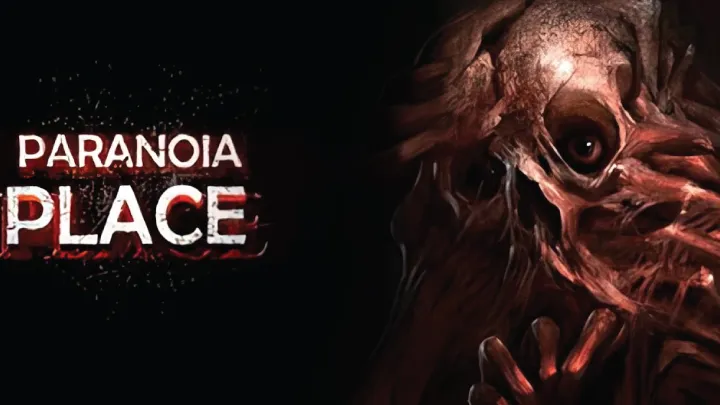A Window to a Nightmare
In the world of horror games, a new wave of psychological thrillers is emerging, trading jump scares for a sense of creeping dread. At the forefront of this movement is a concept as simple as it is terrifying: a game centered on observation. "Look Outside," a hypothetical title, embodies this minimalist approach to horror, proving that a single, confined space can be far more unsettling than an endless, sprawling mansion. The premise is elegant in its simplicity: you are a person trapped inside a small apartment, with your only connection to the outside world being a single window. Your task is to observe the world outside, waiting for subtle changes and deciphering clues that hint at a horrifying reality.
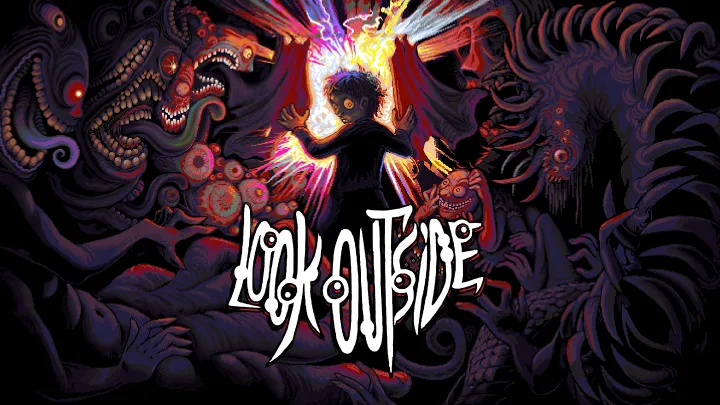
The genius of "Look Outside" lies in its ability to build tension through passive observation. The world beyond the window is not static. It changes with the time of day, with the weather, and with the eerie, barely perceptible movements of its inhabitants. A person who was there a moment ago might suddenly be gone, a light in a distant building might flicker in a strange pattern, or a shadow might move with unnatural speed. The game doesn't scream its horror at you; it whispers it, planting seeds of doubt and paranoia. Is that person in the window across the street a friend or a foe? Are those lights spelling out a warning, or is it just a trick of the light? The line between reality and hallucination is constantly blurred, forcing players to rely on their intuition and their own interpretation of events.
The Art of Subtlety: Building Dread Through Observation
"Look Outside" leverages its limited perspective to create a powerful sense of confinement and vulnerability. As the player, you are a powerless observer, a voyeur to a unfolding nightmare. This helplessness is a core part of the game's psychological horror. You cannot run, you cannot fight, and your only weapon is your ability to notice and connect the dots. The game masterfully uses sound design, with subtle creaks, distant whispers, and the rhythmic drip of rain against the window to create a truly immersive and unsettling atmosphere. Every small noise becomes a source of anxiety, making you question if the threat is only outside, or if it has already found its way in.
The Puzzle of Paranoia
Beyond the atmospheric horror, "Look Outside" is also a deeply engaging puzzle game. The clues you gather are not just for narrative purposes; they are tools for solving the game's mysteries. You might need to use a camera to zoom in on a distant billboard, use a radio to tune into a specific frequency, or use a notebook to write down a sequence of events. The game rewards meticulous observation and logical deduction. The narrative is not handed to you on a silver platter; you have to earn it by piecing together fragmented bits of information, much like a detective trying to solve a bizarre case. This active engagement with the world makes the horror feel more personal and impactful.
The puzzles are designed to be challenging but fair, pushing players to think outside the box. A shadow that seems to be a simple visual element might be a key part of a puzzle, and a seemingly mundane object in the apartment might be a tool for uncovering a vital piece of information. This clever integration of puzzle and narrative elevates the game beyond a simple horror experience, turning it into a brain-teasing thriller that will keep players on the edge of their seats.
A New Horizon for Narrative Horror
"Look Outside" represents a bold step forward for the horror genre, proving that a high-concept idea can be far more terrifying than a high-budget one. It’s a game that respects the intelligence of its players, allowing them to uncover the horror at their own pace. By focusing on observation, psychological tension, and subtle storytelling, it creates an experience that is deeply personal and unforgettable. It is a testament to the idea that sometimes, the scariest thing is not what you can fight, but what you can only watch.
The game's future would lie in its ability to maintain this level of creative vision. Potential updates could introduce new chapters, new mysteries to solve, and new dangers to observe from beyond the window. The world outside could expand, revealing new parts of the mystery and new unsettling encounters. "Look Outside" would be a game that proves that sometimes, the most effective terror is the one that forces you to confront the unsettling possibilities of your own mind. And in a world filled with chaos, perhaps the most terrifying thing of all is simply to watch it unfold from a distance.








